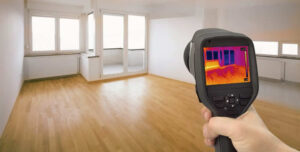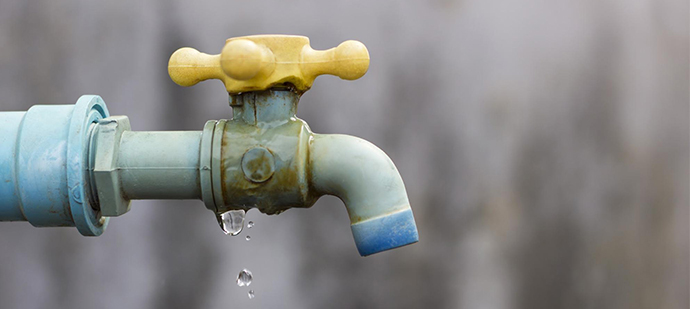6 Ways to Find Concealed Water Leaks in Your Home
6 Ways to Find Concealed Water Leaks in Your Home
Blog Article
What're your beliefs about Top leak detection hacks?

Early discovery of dripping water lines can alleviate a prospective calamity. Some small water leakages may not be noticeable.
1. Check Out the Water Meter
Inspecting it is a proven way that aids you discover leakages. If it moves, that indicates a fast-moving leak. This indicates you may have a sluggish leakage that might also be below ground.
2. Examine Water Consumption
Evaluate your water expenses and track your water usage. As the one paying it, you need to notice if there are any type of disparities. If you find sudden changes, regardless of your usage coinciding, it suggests that you have leakages in your plumbing system. Bear in mind, your water bill ought to drop under the exact same range every month. A sudden spike in your costs shows a fast-moving leak.
A stable boost every month, even with the same practices, shows you have a slow leak that's also slowly intensifying. Call a plumber to thoroughly check your property, specifically if you really feel a cozy location on your floor with piping below.
3. Do a Food Coloring Examination
When it concerns water intake, 30% comes from commodes. Test to see if they are running properly. Drop specks of food color in the tank and wait 10 minutes. If the shade somehow infiltrates your dish throughout that time without flushing, there's a leakage in between the container and bowl.
4. Asses Outside Lines
Do not forget to check your exterior water lines too. Ought to water seep out of the connection, you have a loosened rubber gasket. One small leak can squander tons of water and also increase your water bill.
5. Analyze the circumstance and also inspect
Homeowners should make it a routine to inspect under the sink counters and also also inside closets for any kind of bad odor or mold and mildew development. These 2 warnings suggest a leak so punctual focus is needed. Doing routine assessments, even bi-annually, can save you from a significant trouble.
Much more notably, if you recognize your residence is currently old, keep a watchful eye on your heaters, tubes, pipelines and so on. Check for discolorations and also damaging as the majority of devices and also pipes have a life expectancy. They will certainly also naturally weaken due to damage. If you think dripping water lines in your plumbing system, do not wait on it to intensify. Call a professional plumber immediately so you don't wind up with an awful mess in your home.
Early detection of dripping water lines can alleviate a possible catastrophe. Some tiny water leakages may not be visible. Inspecting it is a surefire means that helps you uncover leaks. One tiny leakage can squander tons of water as well as surge your water bill.
If you think dripping water lines in your plumbing system, don't wait for it to intensify.
WARNING SIGNS OF WATER LEAKAGE BEHIND THE WALL
PERSISTENT MUSTY ODORS
As water slowly drips from a leaky pipe inside the wall, flooring and sheetrock stay damp and develop an odor similar to wet cardboard. It generates a musty smell that can help you find hidden leaks.
MOLD IN UNUSUAL AREAS
Mold usually grows in wet areas like kitchens, baths and laundry rooms. If you spot the stuff on walls or baseboards in other rooms of the house, it’s a good indicator of undetected water leaks.
STAINS THAT GROW
When mold thrives around a leaky pipe, it sometimes takes hold on the inside surface of the affected wall. A growing stain on otherwise clean sheetrock is often your sign of a hidden plumbing problem.
PEELING OR BUBBLING WALLPAPER / PAINT
This clue is easy to miss in rooms that don’t get much use. When you see wallpaper separating along seams or paint bubbling or flaking off the wall, blame sheetrock that stays wet because of an undetected leak.
BUCKLED CEILINGS AND STAINED FLOORS
If ceilings or floors in bathrooms, kitchens or laundry areas develop structural problems, don’t rule out constant damp inside the walls. Wet sheetrock can affect adjacent framing, flooring and ceilings.
https://www.servicemasterbyzaba.com/blog/how-to-detect-water-leakage-in-walls/

I found that blog entry about Leaking water lines while perusing the web. Loved our write up? Please share it. Let others check it out. Thanks for taking the time to read it.
Report this page